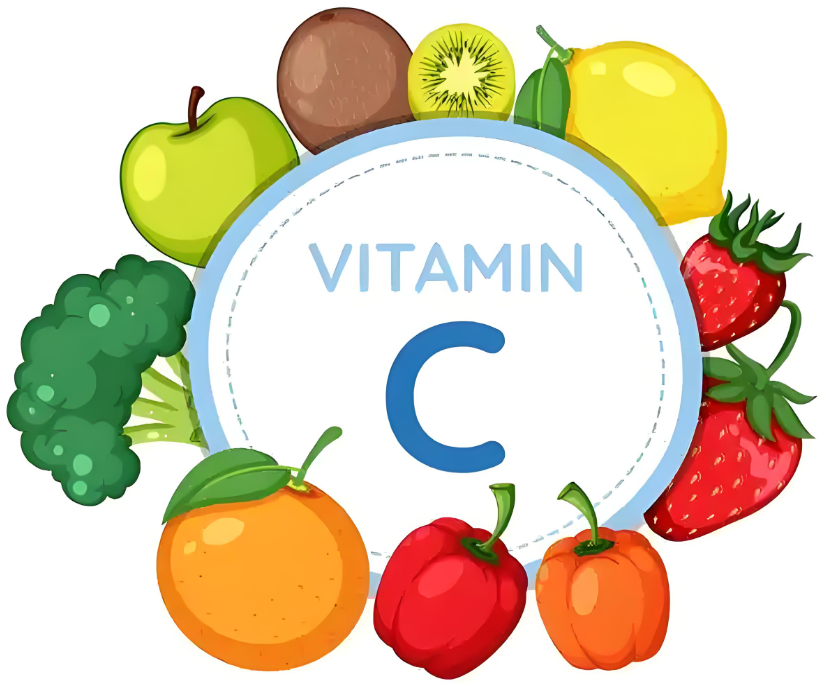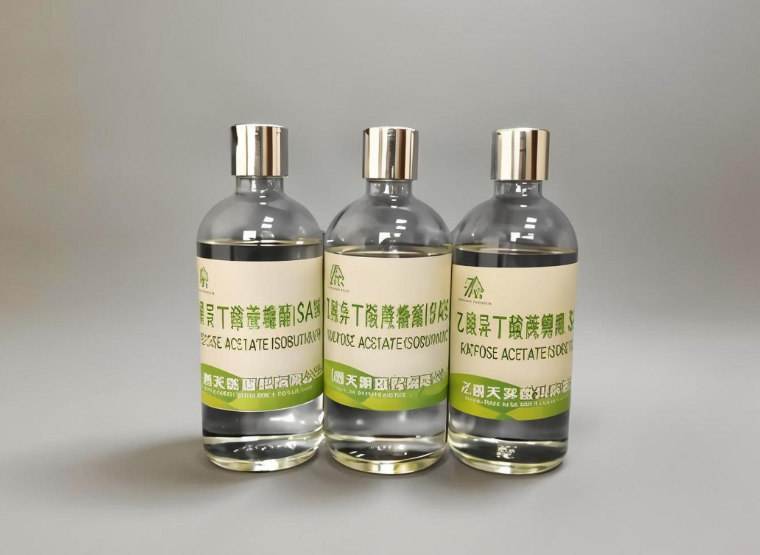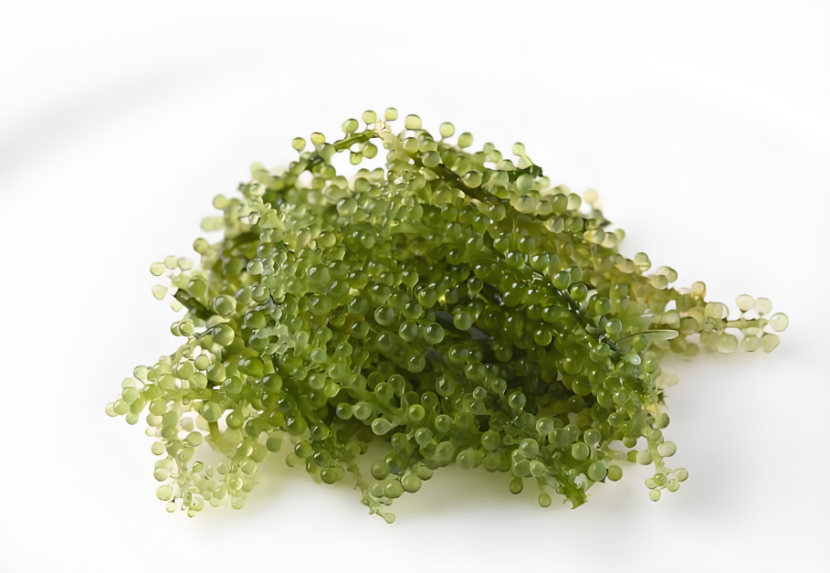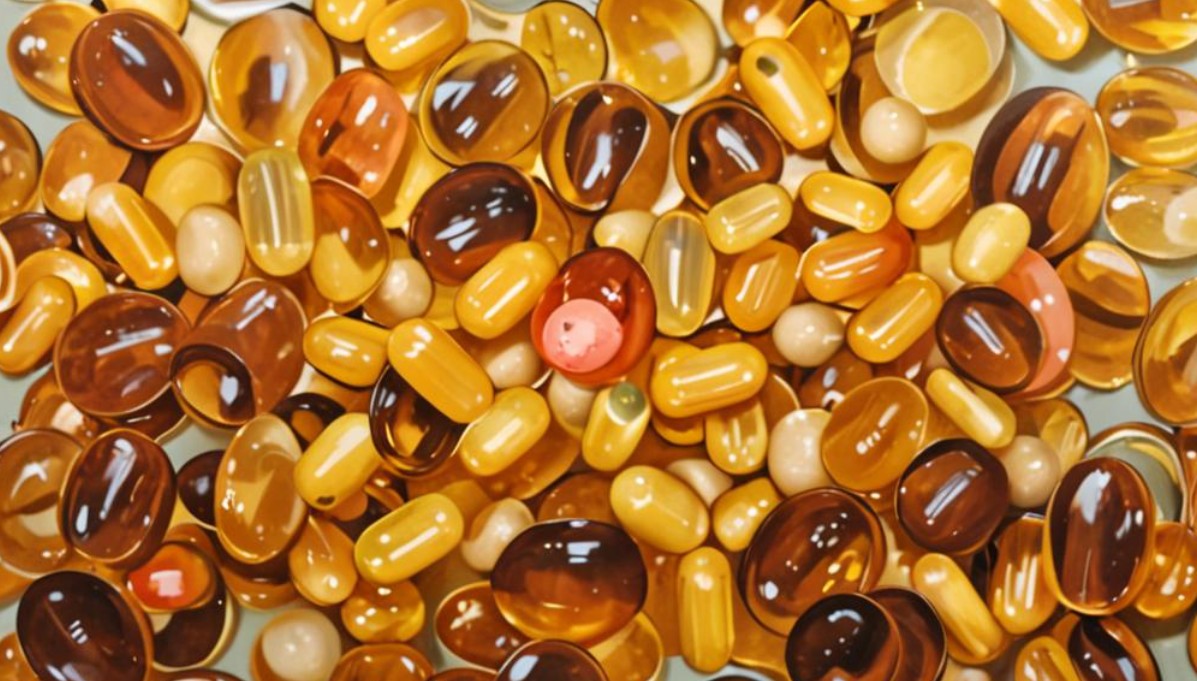Definition and Properties of Vitamin C
Definition
Vitamin C is a water-soluble vitamin, chemically named L-ascorbic acid, with a molecular formula of C ? H ? O ? and a molecular weight of 176.12. It is an essential basic nutrient for the human body, with strong reducibility, widely present in fresh fruits and vegetables, and is crucial for maintaining normal metabolism and health of the body.
Physical and chemical properties
Water solubility
Vitamin C is easily soluble in water and can be quickly absorbed by the human body, but excessive intake can be excreted through urine.
Reductive and antioxidant properties
As a strong reducing agent, it can eliminate free radicals, protect cells from oxidative damage, and promote iron absorption (reducing trivalent iron to divalent iron).
Acidic
Has acidic characteristics, active chemical properties, and is prone to react with other substances (such as hydrolysis and oxidation).
Thermal instability
After heating, it is easy to decompose and become ineffective. Long term cooking or high-temperature treatment can lead to a significant decrease in vitamin C content in fruits and vegetables.
Sugar similarity
The molecular structure is similar to that of sugars, possessing some physicochemical reaction characteristics of sugars.
Summary
The physicochemical properties of vitamin C determine its biological activity and function, such as water solubility and reducibility supporting its antioxidant and iron absorption promoting effects, while heat sensitivity suggests the need for supplementation through fresh ingredients or reasonable cooking methods.










